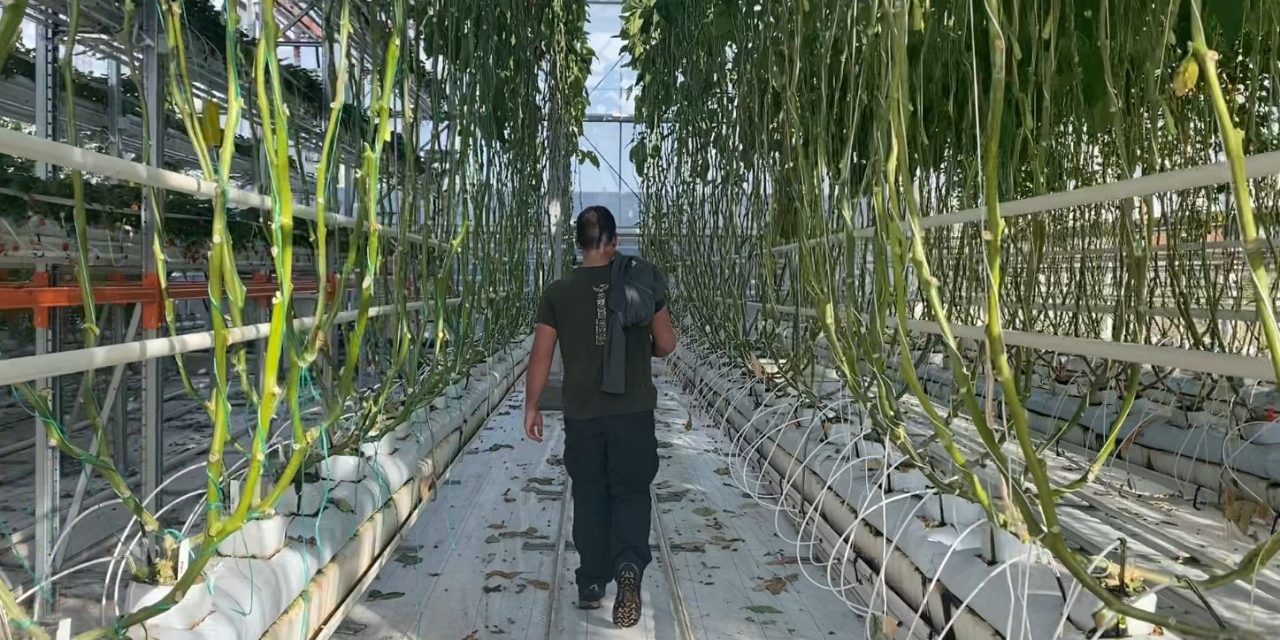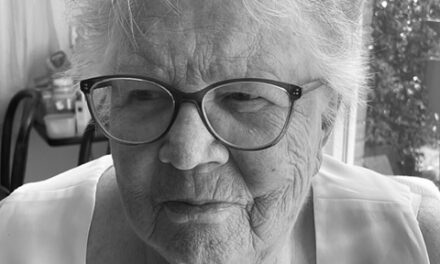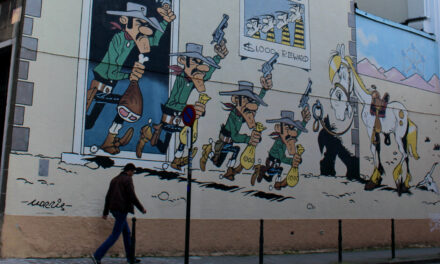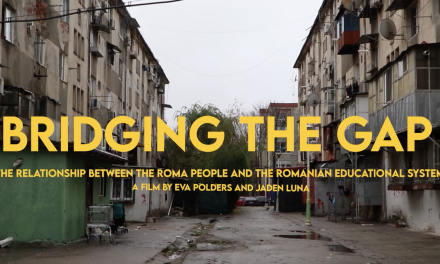What if cities of tomorrow were food supplied by themselves?
Urban agriculture is a new concept expanding more and more. Regarding Europe, Brussels (Belgium) is one of the most dynamic cities, considered to be innovative. It became a key sector for its development towards a more sustainable society.
Via the Good Food strategy launched in 2015, the Brussels region has developed a lot its urban agriculture. This strategy is based on four principles: participative governance, fight and adaptation to climate change, multiple urban fields and social inclusion.
The transition of the food system towards a more sustainable system is a necessity for the Brussels Region to respond to both global challenges, such as protection of nature and biodiversity and the fight against climate change, and local challenges, such as social, health, economic and employment.
A first Good Food strategy (2016-2020) gave impetus to concrete achievements. In line with the Regional Policy Declaration 2019-2024, which opens in a new window and calls for the strengthening of this strategy, and following a year-long participatory co-construction process that brought together some 300 stakeholders, the Brussels Region is now adopting a Good Food 2 strategy (2022-2030).
The Good Food 2 strategy aims at a more structural shift of the food system towards more sustainability by 2030. The aim is to shift our food system, from production to consumption, towards a model that respects humans and other species, regenerates biodiversity and creates quality jobs, as described in the Shifting Economy strategy.
In concrete terms, the Good Food diet translates into a healthy and tasty plate, with a strong emphasis on fruit, vegetables, pulses, nuts and whole grains. The Good Food meal is cooked with fresh, seasonal, preferably organic and local ingredients. It limits sugars, salt, fatty foods, animal proteins (less and better quality), as well as food waste.
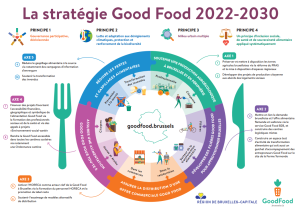
Urban agriculture, the food of tomorrow
This short documentary dives into concrete initiatives in Brussels. The theory is necessary, but it is nothing without practice. The first urban farm spotted is La Ferme du Chant des Cailles, in Boitsfort. It is a community garden where citizens and professionals work together. And the second urban farm is in Anderlecht, which is completely the opposite of Boitsfort. That is an aquaponic project, called BIGH.
To put those two projects in perspective, we asked the opinion of a member of the Greens at the European parliament. What are the issues of urban agriculture, on a European scale?
The purpose of this short documentary is to show the local initiatives, and prove that it exists alternatives to our big food system.
